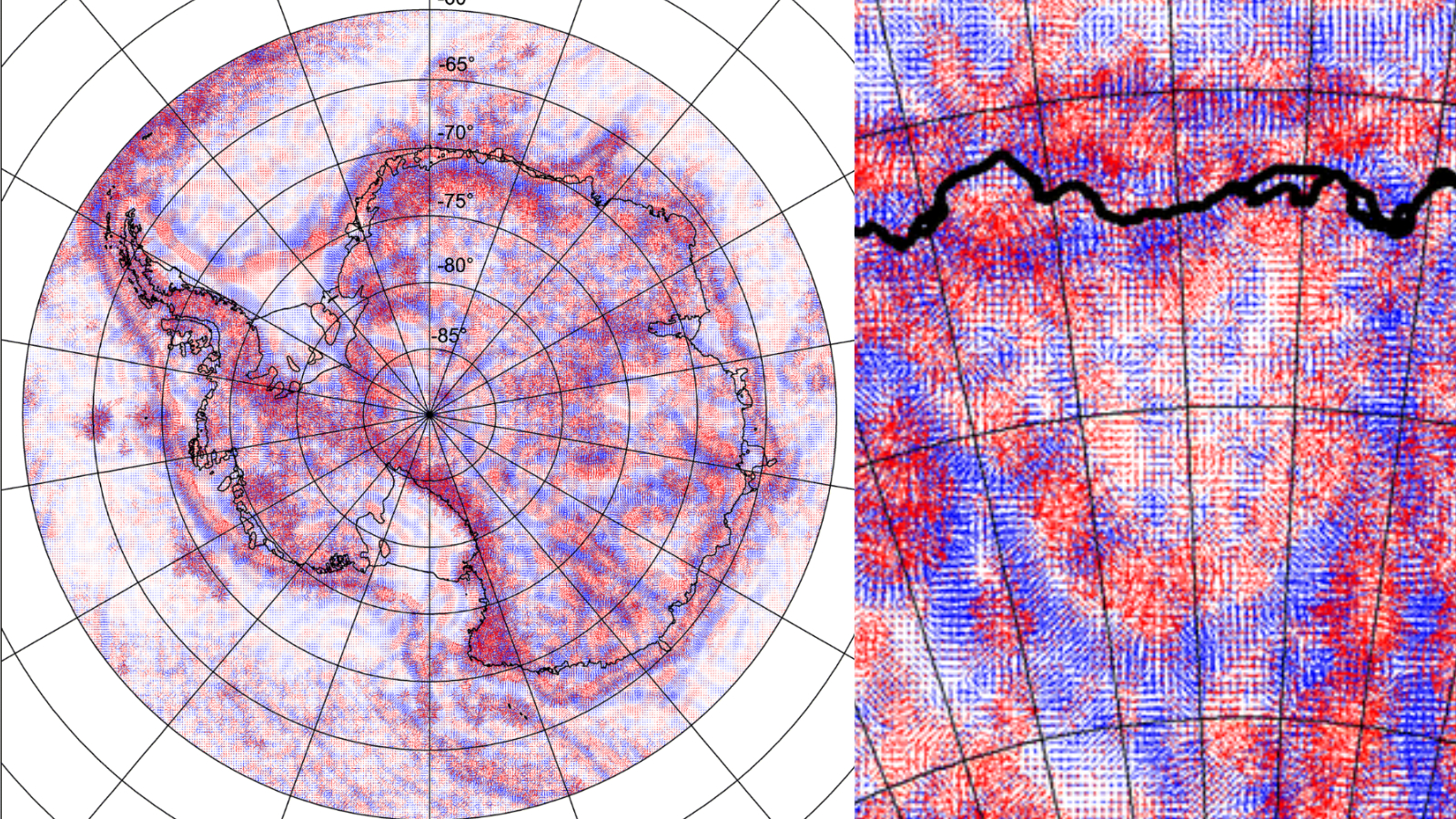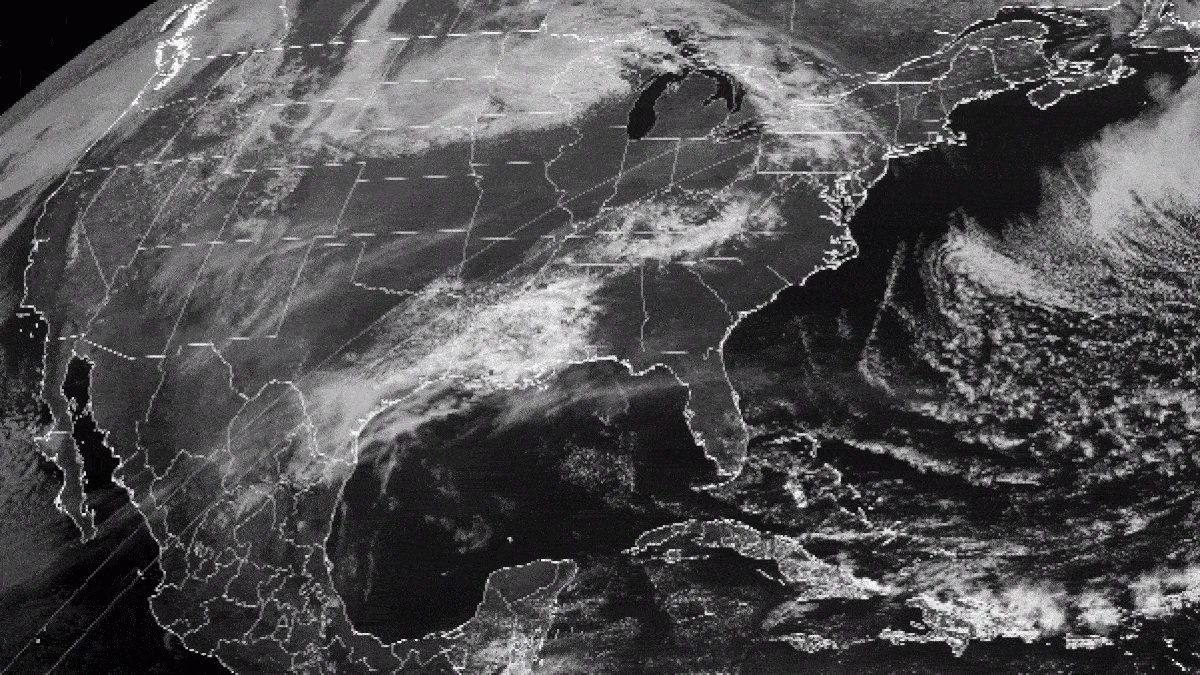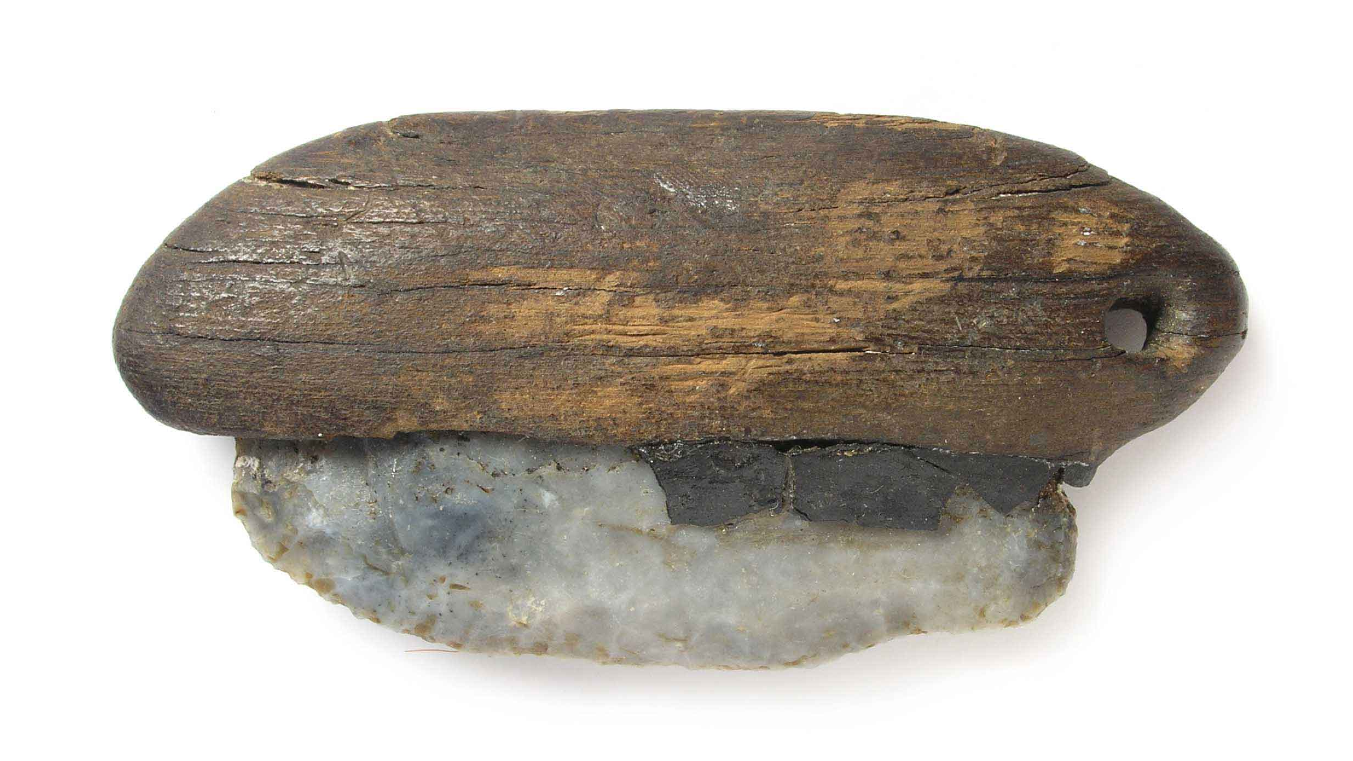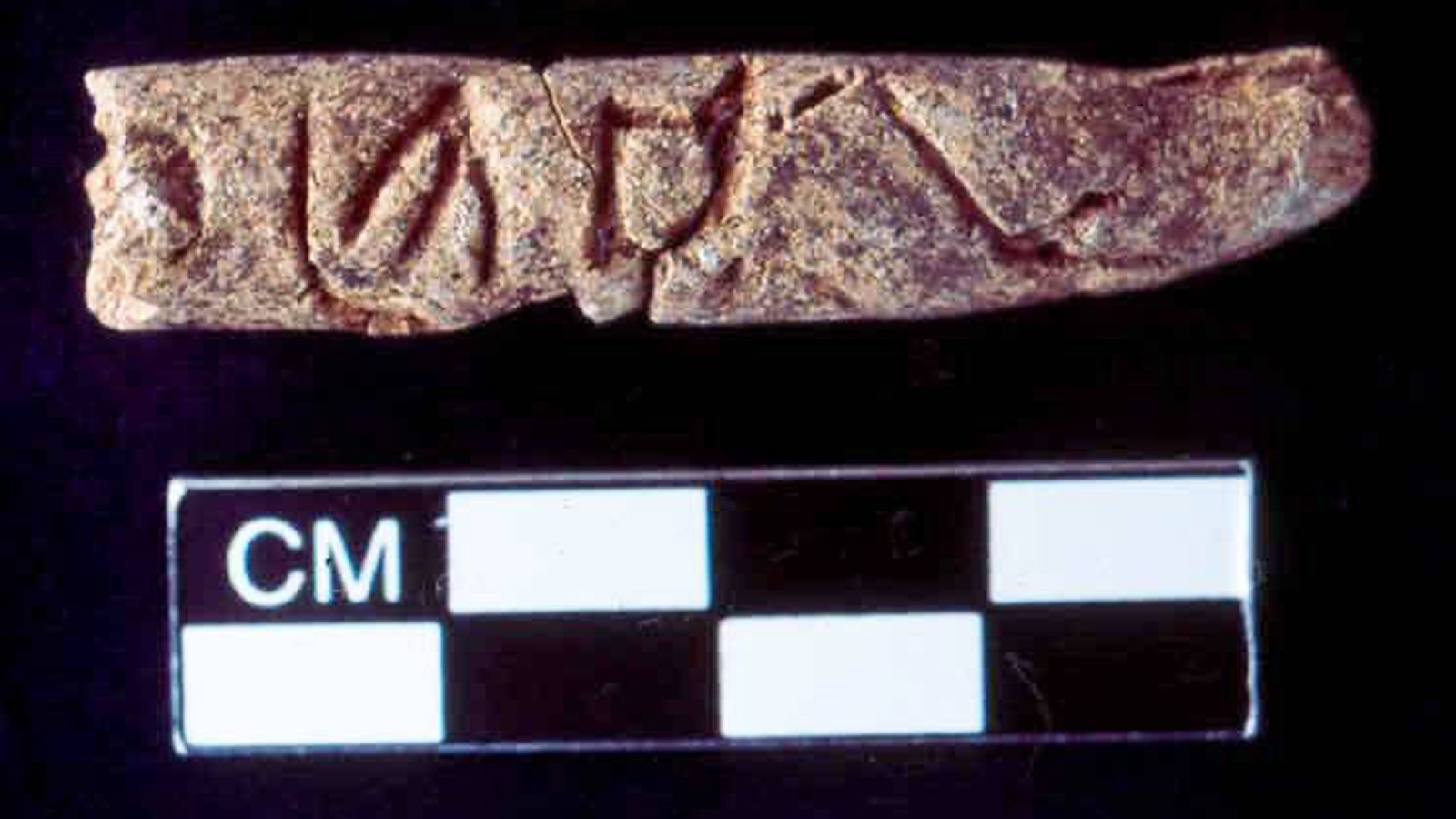
What do black boxes on planes actually record?
Modern flight recorders can hold more than 1,000 pieces of information about an aircraft.
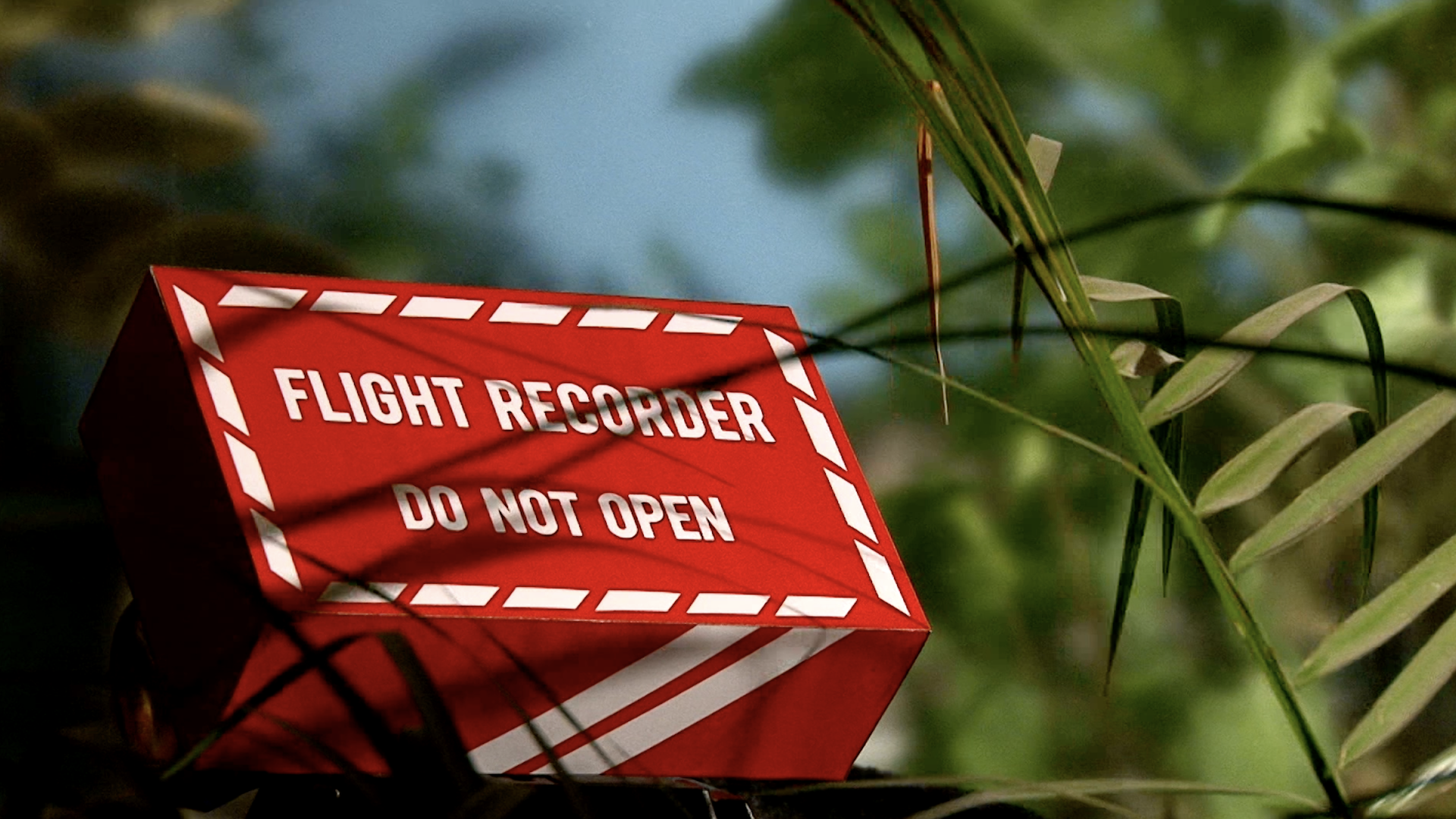
In the mid-1950s, while investigating a series of mysterious crashes of the de Havilland Comet — the world's first commercial jet airliner — David Warren thought of a solution that would assist with all future airline investigations: a flight recorder. The idea was to have a record of the flight condition, such as the speed and altitude, and a tape that captured the pilot's reaction moments before an accident.
Warren, then a 28-year-old scientist at the Aeronautical Research Laboratory in Melbourne, Australia, believed this tool should be placed in every aircraft. Although the idea didn't take off instantly, his innovation would later become a major milestone in the safety of modern aircraft.
Since then, black boxes have aided in numerous aircraft accident investigations, including for commercial planes and helicopters. But what information do black boxes record?
First, let's start with a primer on what a black box actually is.
Flight recorders come with two separate components: a data recorder and a voice recorder. "The data recorder can oftentimes tell you what happened, but the voice recorders can tell you why it happened," David Esser, an aeronautical scientist at the Embry‑Riddle Aeronautical University in Florida, told Live Science.
Related: Can a commercial airplane do a barrel roll?
The flight data recorder is located at the tail of the aircraft — an area that is most likely to survive a crash. But the voice recorder is placed inside the cockpit to record the pilots' conversation and other sounds that may hint at what went wrong moments before an accident. These recorders are each equipped with beacons that send acoustic signals to make them easier to find during an overwater accident.
Sign up for the Live Science daily newsletter now
Get the world’s most fascinating discoveries delivered straight to your inbox.
Their appearance also makes them easier to locate. Despite their nickname, flight recorders are not actually black boxes. "They're orange — on purpose, so that they stand out clearly in a crash scene," Esser said. The term "black box" was likely borrowed from the field of computing, in which a system has an input and output with an internal mechanism that is often not widely understood by a layperson, Esser said.
These recorders are built to withstand extreme conditions such as high impact, fire and deep-sea pressure, said Abdalla Elazaly, an advanced system engineer at Honeywell, which supplies these recorders to aircraft manufacturers such as Boeing and Airbus. "Engineers use robust materials like titanium or stainless steel for the casing," Elazaly told Live Science in an email.
However, certain situations could lead the systems to fail. Such scenarios include a total loss of power in the airplane, prolonged exposure to fire or a deep water environment, and high-speed crashes, he said.
What do black boxes record?
Some data recorders can retain at least 88 parameters of a flight operation, including the time, altitude and airspeed continuously for 25 hours, according to the National Transportation Safety Board (NTSB). In addition, they record more than 1,000 data points inside the aircraft that could help with investigations. For example, it records if and when the smoke alarm was triggered, the airplane flap positions, and when it engaged in autopilot. On the other hand, the cockpit voice recorder picks up sounds such as engine noise, landing gear movements, flicks of the switches, and other alerts inside the cockpit. The recorder is usually connected to an overhead microphone that sits between the two pilots. The Federal Aviation Administration (FAA) requires commercial aircraft to have voice recorders with at least 25 hours of nonstop recording capacity.
In the event of an aircraft accident, the flight recorders provide key information that can determine the cause of an accident. Only members of the accident investigation — such as the NTSB, the FAA and other relevant authorities — can access the material.
The process, "is like a crime investigation," Houbing Song, an electrical engineer at the University of Maryland, Baltimore County who helped develop flight recorder systems for the FAA, told Live Science.
Unlike earlier designs that used magnetic tape, information in modern flight recorders is stored in a solid-state memory card, like the ones used in laptops and mobile phones. The first step in the recovery process involves ensuring that the memory card is intact and making a copy of the information, Song said. The investigation could take a month or years to complete, depending on the nature of the accident, he said.
Besides accident investigations, flight recorders provide valuable safety information for airlines during normal operations. Several commercial airlines collaborate with the FAA on a voluntary program, called Flight Operational Quality Assurance, that allows airlines to download part of the flight recorders' data for quality control. For instance, the FAA might check for fuel usage, potential engine issues, or other operational inefficiencies.
"The idea is to identify a trend before it becomes an incident or an accident," Esser said.
Although flight recorders hold valuable information, they can only be accessed post-flight. This limitation could become problematic in cases where the recorders are damaged or cannot be recovered.
Several initiatives are now looking at innovations that allow real-time data transmission from the flight recorders that can help overcome this limitation. "The technology is there now; it's just a question of implementation," Esser said.

Kristel is a science writer based in the U.S. with a doctorate in chemistry from the University of New South Wales, Australia. She holds a master's degree in science communication from the University of California, Santa Cruz. Her work has appeared in Drug Discovery News, Science, Eos and Mongabay, among other outlets. She received the 2022 Eric and Wendy Schmidt Awards for Excellence in Science Communications.
You must confirm your public display name before commenting
Please logout and then login again, you will then be prompted to enter your display name.


